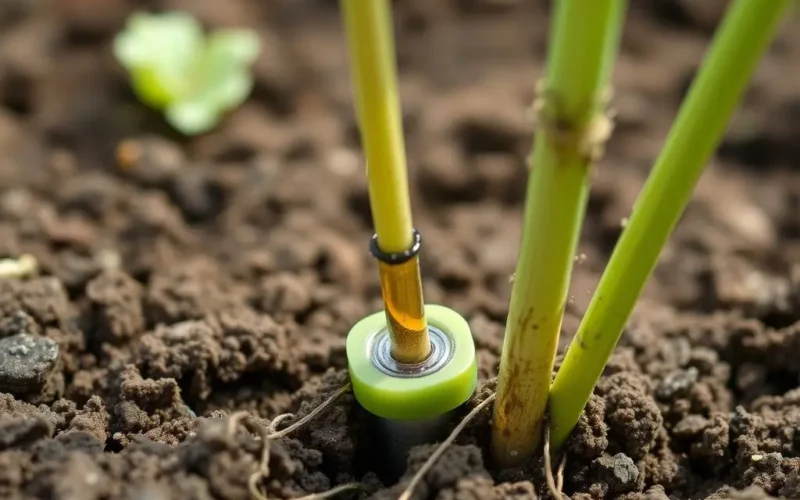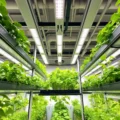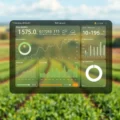What if the plants silently rooted in our fields and gardens weren’t quite so silent after all? What if they were constantly sending out signals, subtle whispers about their needs, their health, and their struggles? For most of history, we’ve relied on our eyes to gauge a plant’s well-being – wilted leaves mean thirst, yellowing indicates nutrient issues, spots suggest disease. But by then, the plant is already in distress. What if we could detect these issues far earlier, understanding a plant’s needs *before* visible signs appear?
Enter the fascinating world of technology that’s learning to interpret the hidden language of plants. We’re talking about smart systems equipped with advanced sensors capable of picking up signals invisible to the human eye. This isn’t just the stuff of futuristic dreams; it’s becoming a powerful tool for modern agriculture, promising healthier crops, higher yields, and a more sustainable future.
Curious how this works? We put together a quick glimpse into this groundbreaking tech. Take a look:
Table of Contents
Decoding the Green Communication: What Does it Mean to “Listen”?
When we talk about tech that listens to plants, we don’t mean audio microphones picking up audible sounds (though some research explores acoustic emissions like cavitation). Instead, ‘listening’ refers to detecting and interpreting various physiological and environmental signals:
- Electrical Signals: Plants generate electrical signals that change in response to stimuli like light, touch, temperature fluctuations, and even pest attacks. Sensors can measure these changes in electrical potential.
- Chemical Signals: Plants release volatile organic compounds (VOCs) into the air, which can change in composition when stressed or attacked. Analyzing the surrounding air can reveal these chemical messages.
- Physical Changes: As plants experience water stress, their leaves might droop, or their internal water tension increases. Soil moisture levels directly impact water availability. These physical states and their environmental triggers are key indicators.
- Spectral Reflectance: The way a plant reflects different wavelengths of light changes depending on its health, nutrient status, and water content. Healthy plants reflect green strongly, while stressed plants might show different patterns in infrared or other parts of the spectrum.
- Temperature: Plant temperature is influenced by transpiration (like sweating). Water-stressed plants transpire less and can become warmer. Thermal sensors can detect these subtle temperature variations.
The Arsenal of Sensors and Systems
Making sense of these signals requires sophisticated technology:
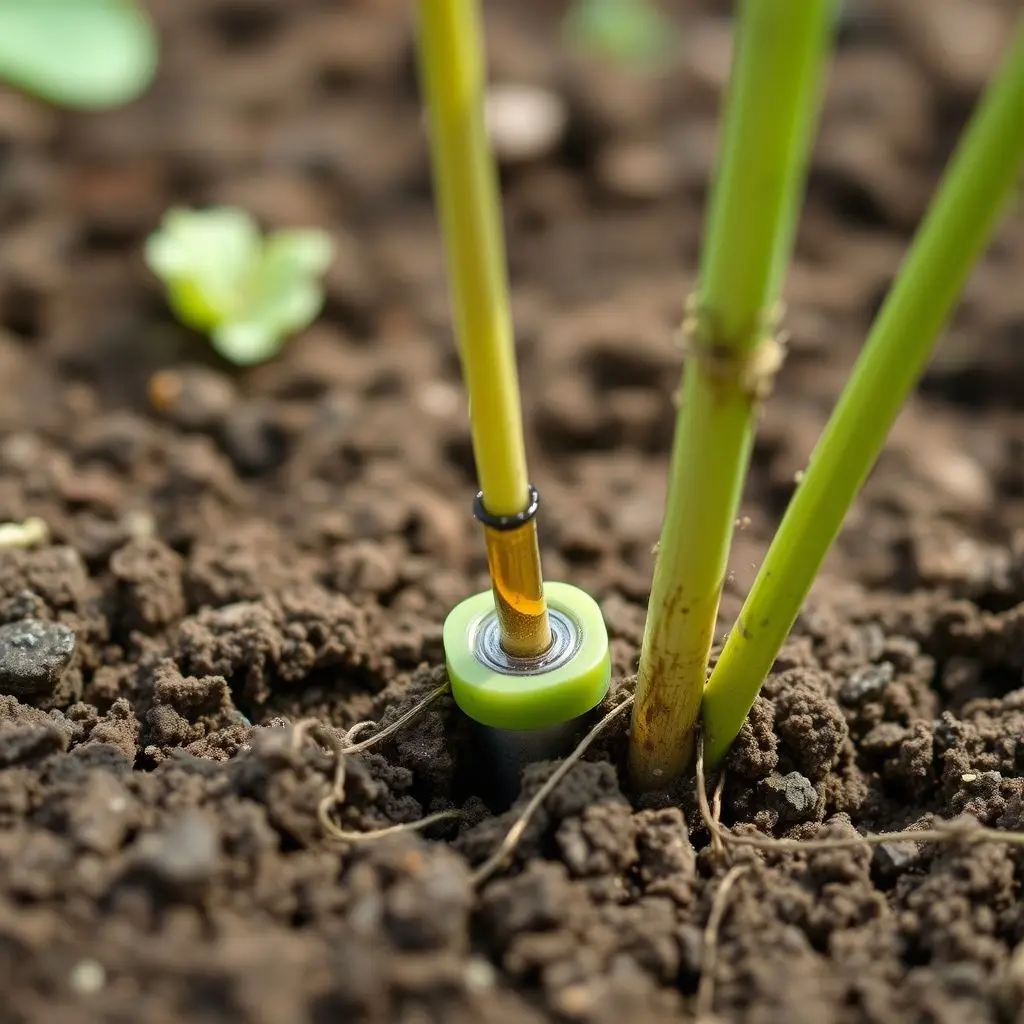
Ground-Based Sensors:
- Soil Moisture Sensors: These are perhaps the most common, measuring the water content in the soil directly accessible to roots. Types include capacitive, tensiometric, and time-domain reflectometry (TDR) sensors.
- Soil Nutrient Sensors: While more complex and less common than moisture sensors, some technologies aim to measure nutrient levels or electrical conductivity in the soil, giving insights into nutrient availability.
- Dendrometers: Devices attached to plant stems that measure tiny changes in stem diameter, which fluctuate based on water status.
Plant-Based & Environmental Sensors:
- Leaf Temperature Sensors: Infrared sensors can non-invasively measure leaf temperature, providing insights into transpiration rates and water stress.
- Sap Flow Sensors: Measure the rate of water movement through the plant stem.
- Environmental Sensors: Weather stations measuring air temperature, humidity, rainfall, and solar radiation are crucial, as these factors heavily influence plant needs.
Remote Sensing & Imaging:
- Hyperspectral & Multispectral Cameras: Often mounted on drones or satellites, these capture light across many narrow bands, revealing detailed information about plant pigments, water content, and cellular structure invisible to the naked eye. This is powerful for detecting early signs of stress or disease across large areas.
- Thermal Cameras: Used for detecting temperature variations in foliage, indicating water stress or disease hot spots.
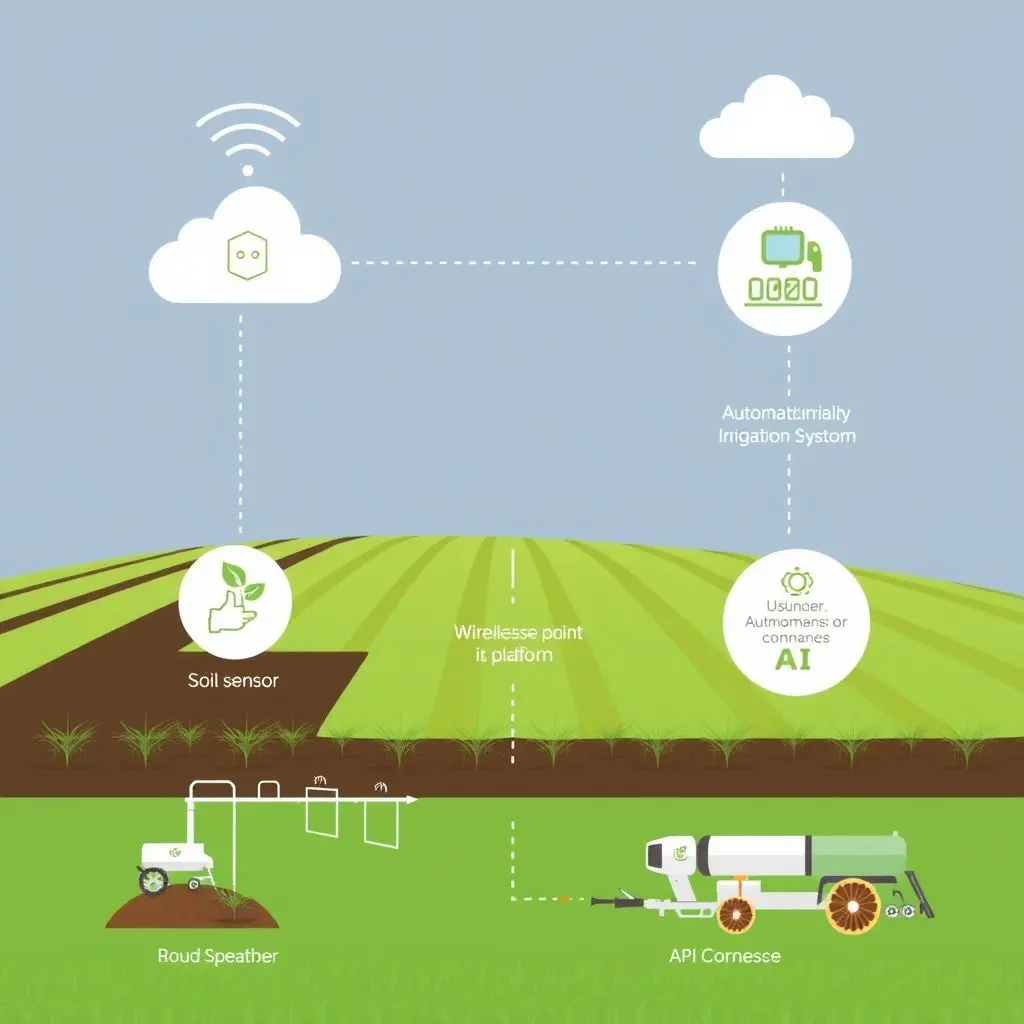
The Brains of the Operation: Data and AI
Collecting raw sensor data is just the first step. The real magic happens when this data is aggregated, transmitted (often via IoT networks), and analyzed. This is where artificial intelligence and machine learning algorithms come in. These systems can process vast amounts of data from multiple sensor types, identifying patterns and correlating sensor readings with plant health, growth stages, and environmental conditions. They learn to recognize the subtle data fingerprints of early stress or nutrient deficiency, often long before a human farmer could see any visual symptoms.
Transforming Farming: From Guesswork to Precision
So, how does all this ‘listening’ translate into better farming? It enables a shift from traditional, generalized practices to highly precise, data-driven interventions – known as precision agriculture or smart farming.
- Precision Irrigation: Instead of watering on a fixed schedule or simply when the topsoil looks dry, sensors provide real-time data on soil moisture at root depth or the plant’s actual water status. This allows farmers to water *exactly* when and where it’s needed, applying just the right amount.
- Optimized Fertilization: By monitoring soil nutrient levels (where possible) and assessing plant health through spectral analysis, farmers can apply fertilizers only where deficiencies are detected, and in the precise quantities required by the plants at their specific growth stage.
- Early Stress and Disease Detection: Changes in plant temperature, spectral signature, or electrical signals can be precursors to visible disease symptoms or pest infestations. AI models analyzing this sensor data can alert farmers early, allowing for targeted interventions like spot treatments rather than broad application of pesticides or fungicides.
- Resource Management: By providing detailed insights into plant needs, the technology helps optimize the use of critical resources like water, nutrients, and pesticides.
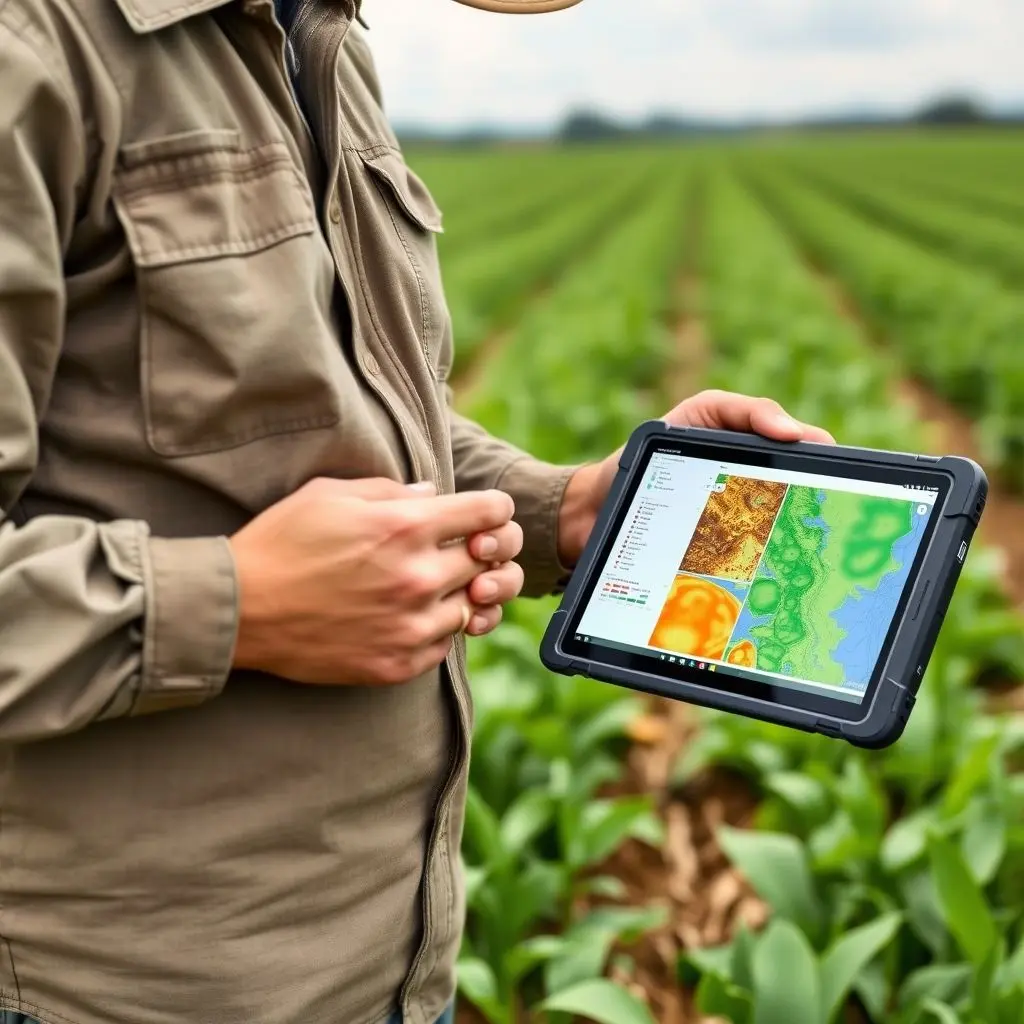
The Benefits: A Harvest of Positives
The advantages of this tech-enabled plant ‘listening’ capability are significant:
- Increased Yields: Healthier, less stressed plants are more productive. By providing optimal conditions consistently, this technology helps maximize crop potential.
- Reduced Input Costs: Using less water, fertilizer, and pesticides directly lowers operating expenses for farmers.
- Environmental Sustainability: Reducing chemical runoff protects soil and water sources. Efficient water use is critical in drought-prone areas. Less pesticide use is better for biodiversity and human health.
- Improved Crop Quality: Well-managed stress and nutrient levels contribute to better quality produce.
- Reduced Waste: Healthier crops mean less loss in the field. Optimizing inputs prevents wasteful overuse.
- Enhanced Decision Making: Farmers gain actionable data insights, moving from reactive responses to proactive management based on real-time plant needs.
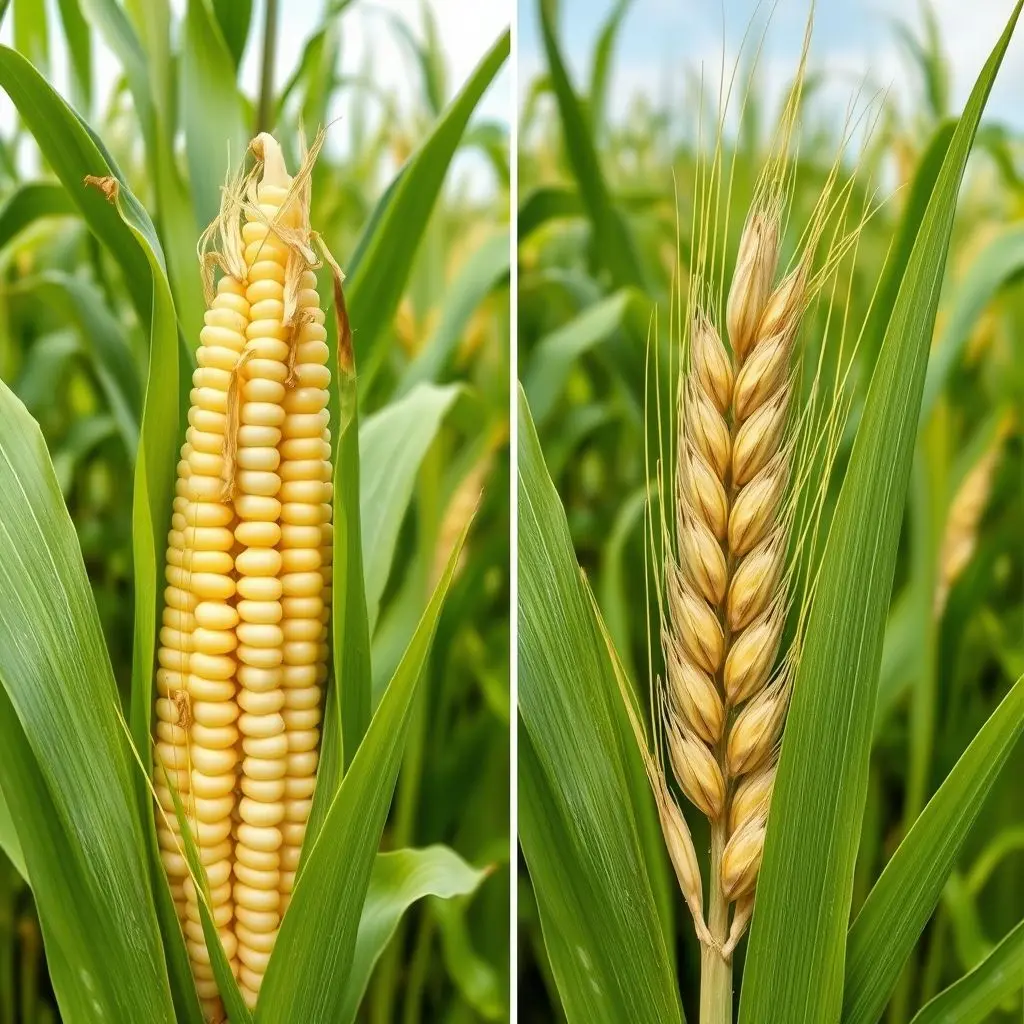
Looking Ahead: Challenges and Potential
While promising, this technology isn’t without its hurdles. The initial investment in sensors, infrastructure, and software can be substantial. Integrating diverse data streams and ensuring reliable connectivity in rural areas are ongoing challenges. Developing AI models accurate enough for varied crops, climates, and soil types requires extensive data and expertise. Making these technologies accessible and affordable for smallholder farmers globally is also crucial for widespread impact.
However, as sensor technology becomes cheaper and more robust, data processing more powerful, and AI models more sophisticated, the potential is immense. We are moving towards a future where farms are living laboratories, constantly monitored and optimized, allowing plants to thrive not just survive.

Your Questions Answered
How accurate is this plant-listening technology?
Accuracy varies depending on the specific sensors, the quality of data collection, and the sophistication of the analysis algorithms (AI models). While not perfect, the ability to combine data from multiple sources and detect trends over time often provides more accurate insights into plant status than traditional methods alone. Ongoing research and development are continuously improving accuracy.
Is this technology only for large farms?
Currently, large commercial farms are often the early adopters due to the initial cost and complexity. However, the trend is towards more modular, scalable, and affordable solutions. As the technology matures, and more service providers emerge, it is becoming increasingly accessible to medium-sized and eventually smaller farms through different business models (e.g., subscription services, simpler sensor kits).
What types of crops can this technology be used for?
The principles apply to a wide range of crops, from row crops like corn and soybeans to specialty crops, fruits, vegetables, and even vineyards. The specific sensor types and AI models might need calibration or training tailored to the physiological characteristics and typical stresses of different crops.
Does this technology automate farming completely?
Not entirely. While it can automate certain processes like irrigation based on data inputs, it primarily acts as a powerful decision-support system. It provides farmers with detailed, early insights into plant needs and environmental conditions, empowering them to make more informed and timely decisions about when and how to intervene. The farmer’s expertise remains invaluable.
How is the data from sensors transmitted and used?
Data is typically transmitted wirelessly (Wi-Fi, cellular, LoRaWAN, etc.) from field sensors to a central gateway or directly to a cloud platform. There, the data is stored, processed, and analyzed using algorithms, including AI. Farmers can access this analysis and actionable insights through dashboards on computers or mobile apps, often receiving alerts when specific thresholds are met or potential issues are detected.
Cultivating the Future
Giving plants a ‘voice’ through technology is fundamentally changing our relationship with agriculture. It shifts the focus from reacting to visible problems to proactively nurturing optimal conditions, guided by the plants themselves. This represents a significant leap forward in efficiency, sustainability, and our ability to feed a growing world with fewer resources. It’s farming moving towards a future where every drop of water, every gram of nutrient, and every protective measure is applied precisely when and where nature signals it’s needed, leading to a more bountiful and resilient harvest for everyone involved.
